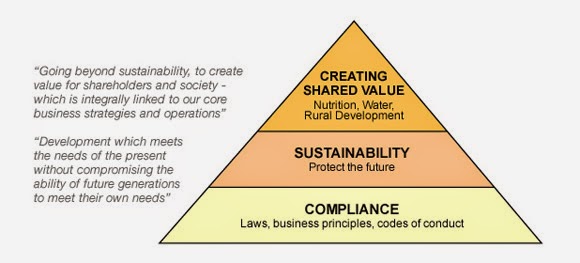Organizational Buying is often supposed to be more rational and less emotional than consumer purchasing behavior
Participants in the Business Buying Process:
- Initiators: People from the Organisation who request or convince to buy; Salesmen, Marketers
- Users: The Buyers
- Influencers: People who influence the Buying Decision; Budget decision maker
- Deciders: People who decide on product requirements; can be kids or elders who dirty their clothes, can be homemakers who keep a check on supplies
- Approvers: People who agree or approve the buying
- Buyers: buyers might include high-level managers
- Gatekeepers: People who disrupt the buying.
Consumer Behavior
Factors affecting consumer behavior
1.
Cultural Factors :
Culture helps us in choosing what kind of product we want to buy. Family, relatives all play an important role
in deciding consumer behaviour. When it comes to kitkat cultural factors do to
some extent affect the consumer behaviour.
2.
Social Factors:
Factors like reference groups, family and role models have direct or indirect
impact on the consumer’s attitude and behaviour. There are aspirational groups and
dissosative groups which too affect the buying behaviour of the consumers.
3.
Personal Factors :
Factors such as age and the stage o life in which you are , economic
conditions do play an important role in the buying behaviour of the consumer.
Personality of that person does affect his behaviour of choosing or selecting a
product.
4. Psychological
Factors :
There are key five
psychological factors that the buying decisions of the consumers. Those are as follows
·
Motivation: This is explained by three theories: FRUED’S
THEORY, MASLOW’S THEORY, and HERZBERG’S THEORY. These theories explain how
needs become motive after a certain point of time. These carry different implications
for consumer analysis and marketing strategy
.
·
Perception: consumers have different
perceptions of the same product or an object. It is a process by which a
consumer selects, interprets and organises information inputs to come to a
conclusion or a decision
.
·
Learning: Learning is an internal process
which comes by its own. by the process of learning one gains experience and by
this span of time. There are two popular approaches to learning those are :
classical conditioning and operant conditioning.
·
Memory: there is two types of memory
that is short term memory (STM) and long term memory (LTM). Memory helps in
making a consumer recollect a brand and how does the consumer associates the
brand with itself.















